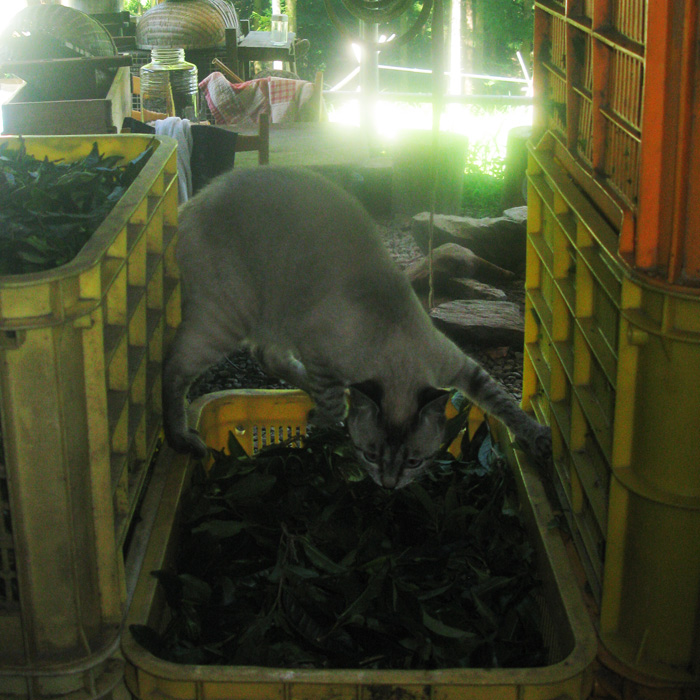
How to make Awa bancha
Diary 2010.8.8
Awa Bancha is fermented green tea. It is made in just a couple of places in Japan where the climates is suitable, Tokushima prefecture being one of them. In Kamiyama we helped the Miyagi’s with their annual awa bancha processing.
The process is like this: the leaves are picked, boiled, mashed, pressed and finally dried. The fermentation takes place while the leaves are pressed over a period of three weeks.
The Miyagi’s had harvested the tea leaves already (previously they hand picked the leaves but this year they used a trimmer. Using a trimmer means that there are a lot of unwanted stalks and shards wood, detritus and other plants, but it is a lot faster).
Below are the basic tools used in the making of the tea:
On the far left is the wooden trough for mashing the leaves once they’ve been boiled. The implement of the far right is the two-handed masher. Interestingly the trough is made to fit exactly to the low wooden table/seat underneath. I think these tables are a standard size so the mashing trough may be used universally (although as I said before this type of tea is only made in a few places). Hisa san washed all the equipment with water beforehand. The trough leaked but apparently once the wood is wet it will expand and the joints will get tighter and stop the leak. The same principle is used in wooden bath tubs.
A pot of spring water is set to boil.
We pick through boxes (twelve of them!) of harvested leaves to remove large stalks and unwanted plants and other detritus. This is a time consuming job, but very relaxing.
The sorted leaves are finally added to the boiling water.
When the leaves have discoloured and been boiling for around ten minutes we strain (the coloured liquid is collected and used later in the process) and tip them into the mashing trough.
Two people then mash the hot leaves together until you see a green yellow foam. It is satisfying and not a difficult process.
We put the mashed leaves in a large bucket and repeat the process. Successive layers of leaves get added to the bucket until the bucket is almost full.
It was dark by the time all the leaves had been boiled and mashed.
The final stage of the process is to press them. We pour the coloured juice from the boiling stage (see below) into the bucket and line the top layer with Japanese banana plant (Musa Basjoo) leaves.
We then finally weigh everything down with a large round stone. The containers are sealed and left to ferment for three weeks. The placement of the container can affect the quality of the fermentation process. The Miyagi’s prefer to place the containers next to the house, not in full sun.
I tried some of the last years Awa Bancha. It was very mild, almost bland with a musty, smoky, mushroomy after taste. I’m looking forward to trying this years ‘English style’ Awa Bancha to see if I can taste the difference.

itoi+ru-san
Itoi-san - Kanuma soil. Likes salmon sashimi, dislikes entrails of sea cucumber. Ru-san - Lancashire hotpot. Creative type. Likes being outdoors. Dislikes status. Together we are ITOI ARTS a project in divergent creativity in the mountains of Shikoku, Japan. 四国の山奥、多様な創作、アートとは。 //イベント時のみオープン// \\ふだんはただの家//
Articles by itoi+ru-sanTo comment
コメントを残す
“Diary”Latest bulletin
“Diary” archives- Aki Rika (12)
- Chan (11)
- Claire Tanaka (3)
- Folklore and History (1)
- Karin van der Molen (13)
- Rakuon Rakujitsu (1)
- Taste of Kamiyama (4)


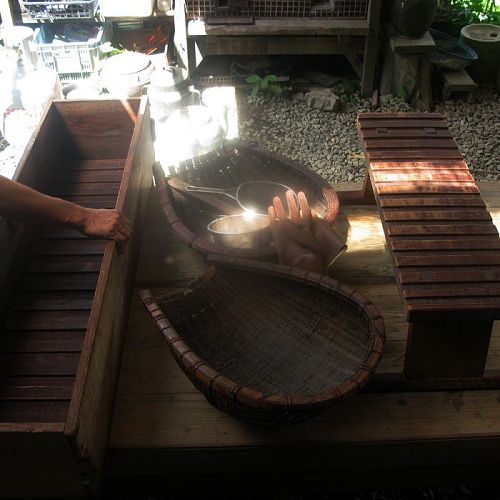
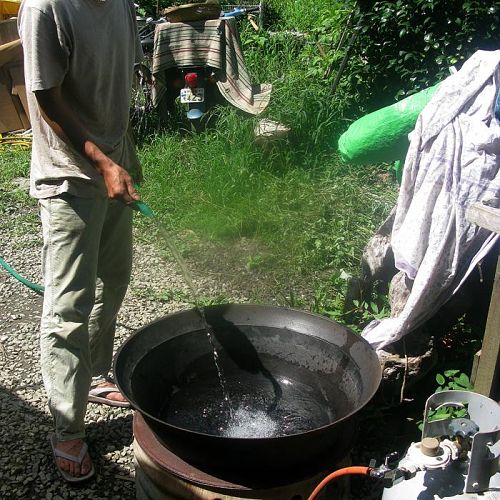
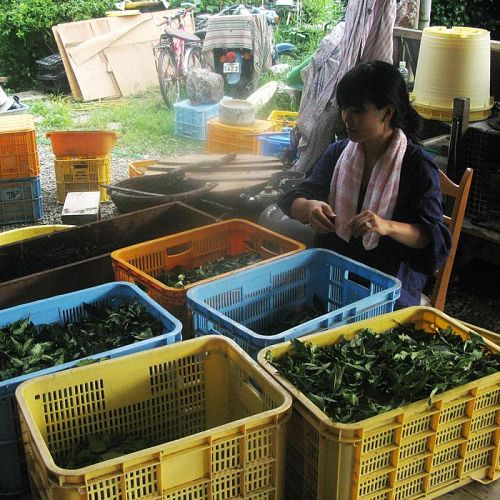
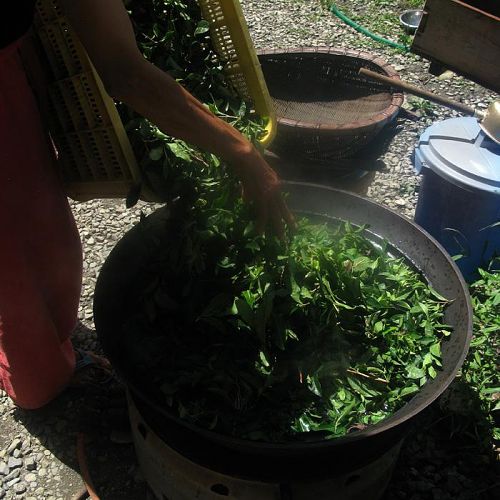
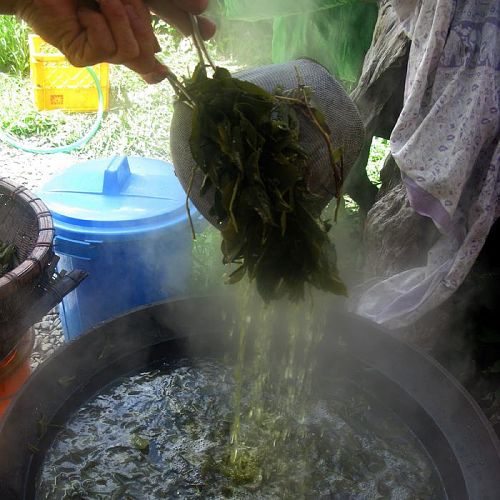
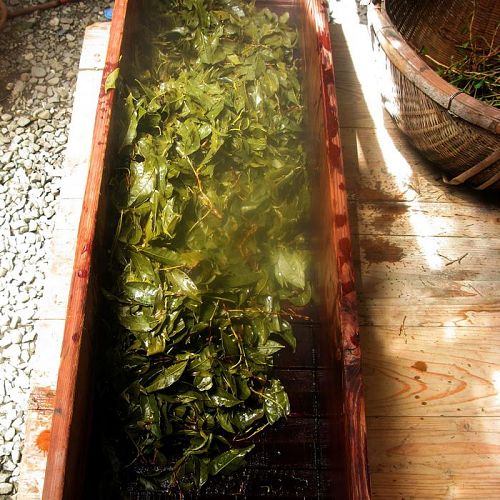
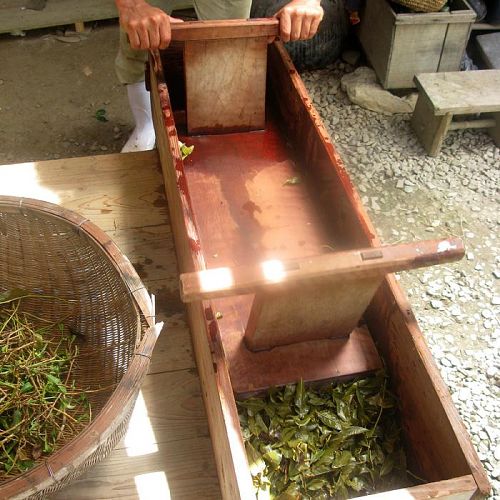
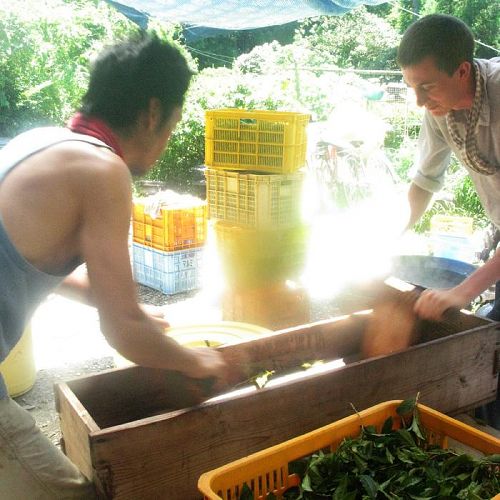
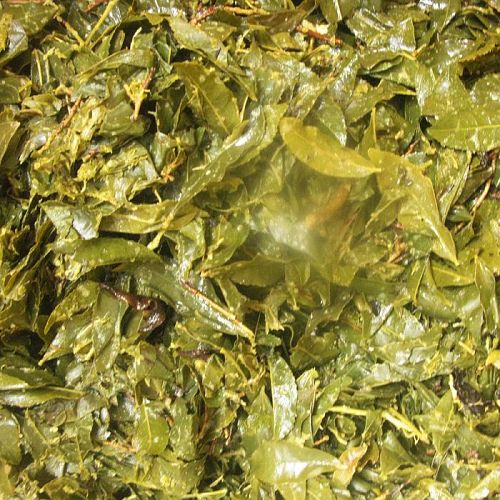
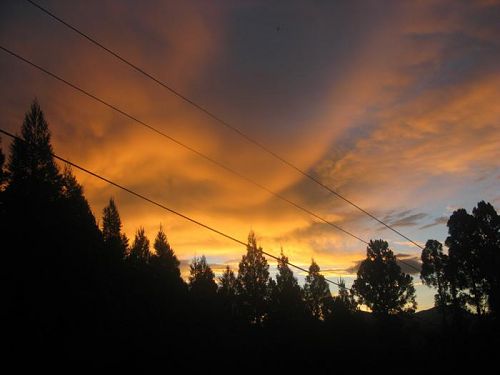
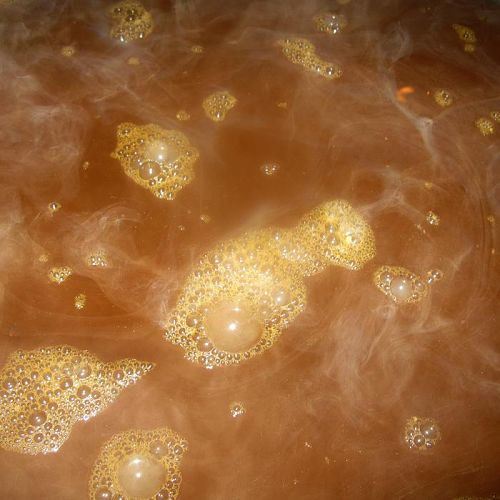
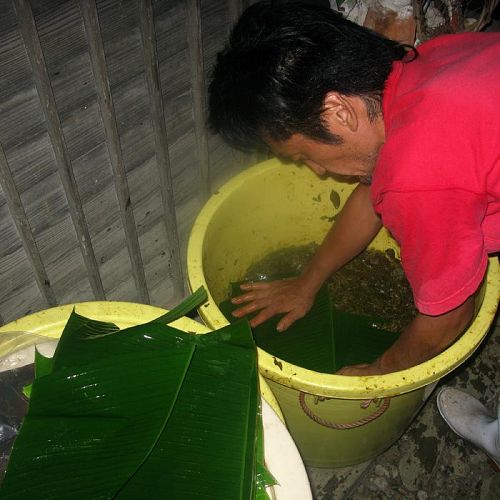
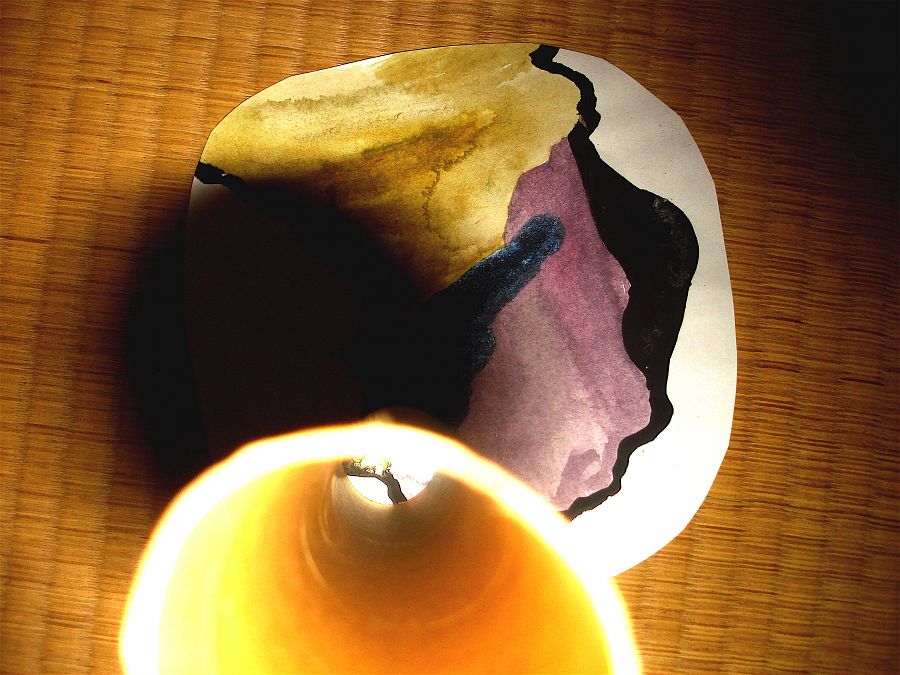
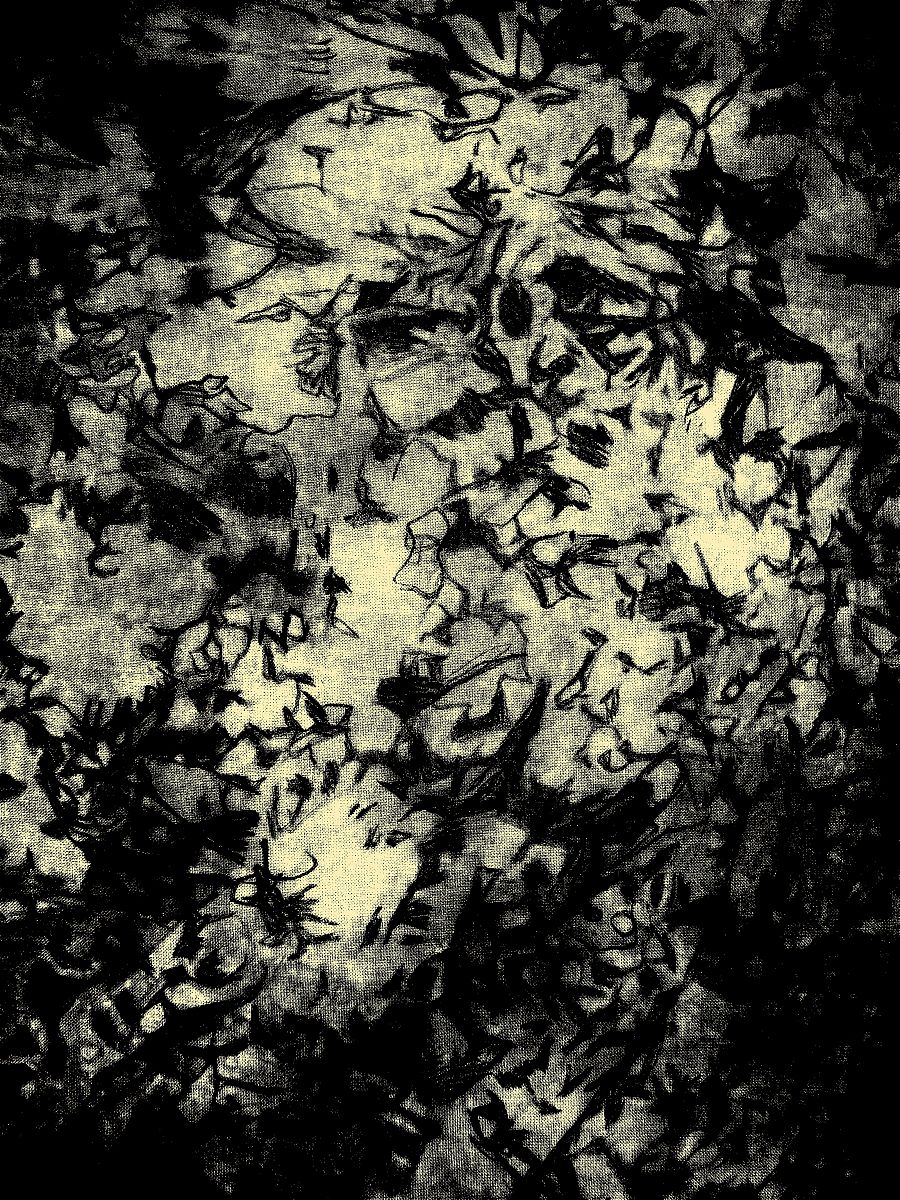
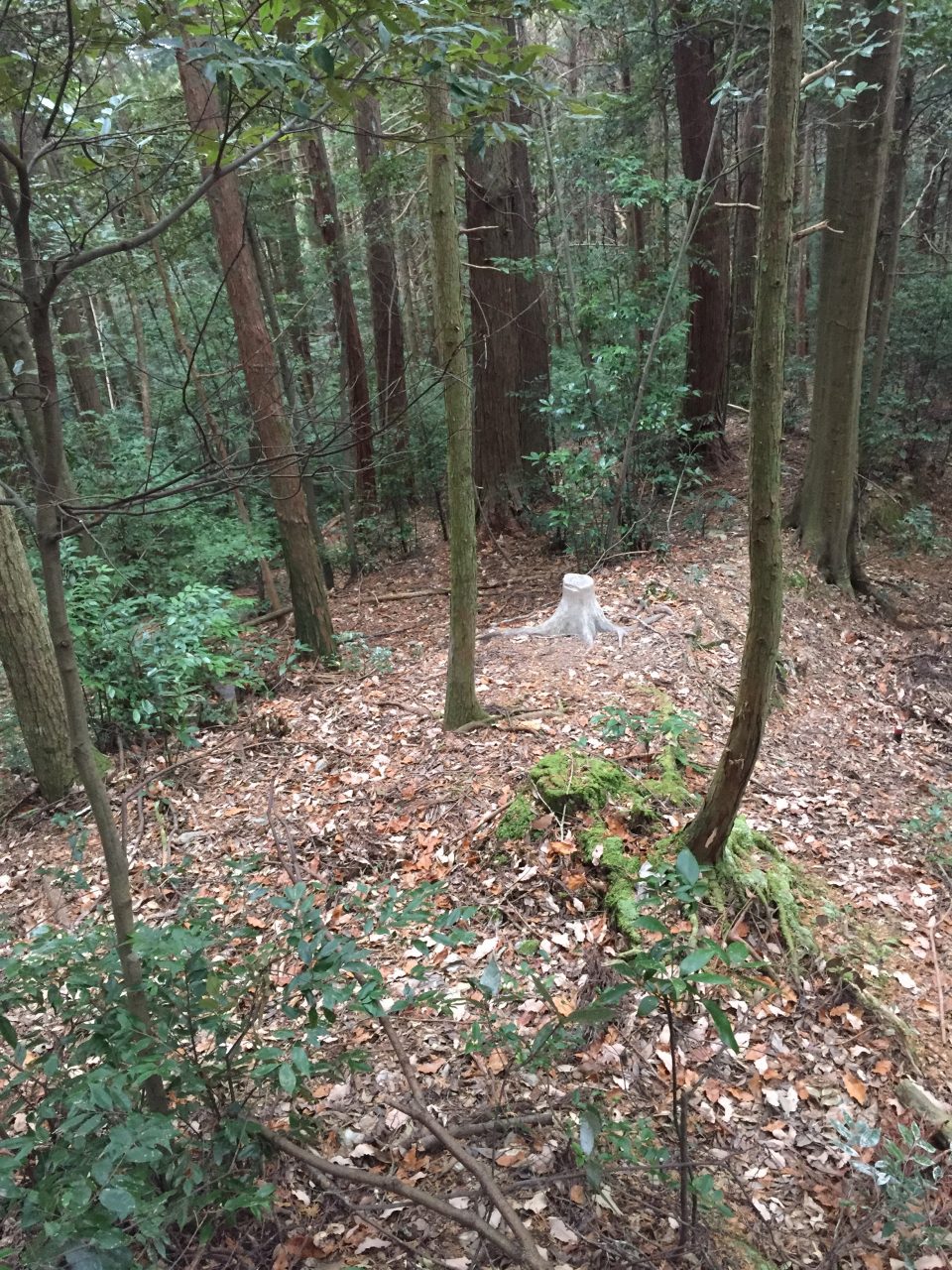



Comments
Excellent reference even for the locals like me. Thanks!
08/08/2010 4:05 PM | 大南 信也
Well done again. Thanks for a very interesting and useful document. You hint at the preference for fermented tea we have in the UK..
08/08/2010 7:02 PM | Eric Parsons
Glad you found it useful!
08/08/2010 2:20 PM | ru san